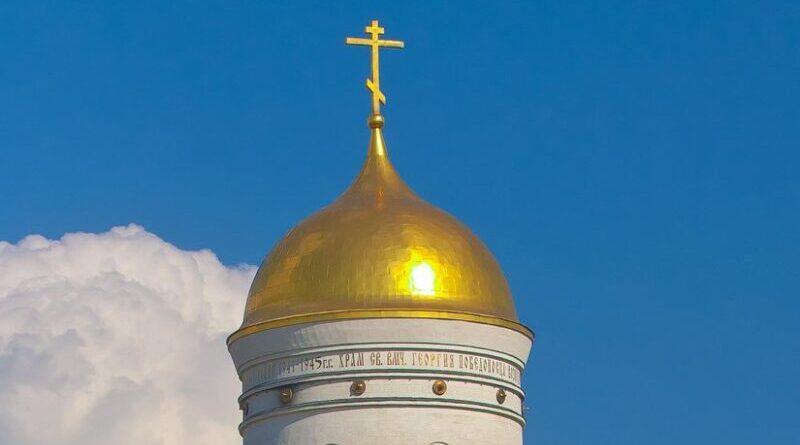Explosive Growth Of Russian Orthodox Church Has Left It Corrupt And Backward – OpEd
By Paul Goble
The corruption and obscurantism of the Russian Orthodox Church of the Moscow Patriarchate has less to do with the personal commitments of its leaders than with the explosive growth of the church after 1991, a growth that has been possible only thanks to its special relationship with the government and that has elevated new hierarchs far too quickly.
That judgment is offered by Russian commentator Igor Nadezhdin in an important article on what he calls “the Worker-Peasant Red Church,” an institution that despite its claims is not a restoration of pre-Soviet Orthodoxy but the creation of a new institution based on links to the state and peasant rather than urban roots (churchslaves.lenta.ru/meninblack).
In 1991, when the Soviet empire collapsed, there were approximately 6500 parishes of the ROC MP, of which “two thirds were in Ukraine. “Today, the ROC MP has “more than 36,000 parishes, of which about 25,000 are in Russia,” with even more dramatic increases in the number of bishoprics and monasteries.
There was no one with adequate background to restore the church to what it had been thanks to the depradations of Soviet power; and consequently, the ROC MP relied on what it had: rural people who retained some idea about religion but who lacked the training to serve as priests let alone as hierarchs.
The negative impact of their views has been especially great in the hierarchy. While parish priests may stay in one place for a long time and do harm only in a narrow circle, the explosive growth of the church meant that those who were ready to rise through the church establishment did so at dizzying speed and without the kind of preparation they needed.
These people brought with them their peasant values, Nadezhdin says; and these people not only brought their peasant or more precisely collective farm values with them but used their position to impose these values on those who flocked to the church, insisting that new priests and parishioners follow the most obscurantist of positions.
These ills have been only made worse by the role that the state has played in helping to finance this growth. Indeed, the analyst says, “however paradoxical it may soon, this state support made all the economy of the ROC black,” that is off the books and inherently corrupt because it was from the point of view of law hidden from public view.
Beginning in the 1990s, the ROC MP got involved in numerous businesses to make money. It was able to profit enormously because its employees, even in non-religious activities, were untaxed and unsupervised. Not surprisingly these economic functions were corrupt and that has had a negative impact on the church.
Both because of the caesaro-papist tradition of the ROC MP but also because of the authoritarian nature of the patriarchate’s hierarchy, few could survive if they criticized this and few could stop the dramatic upward flow of money from government-protected firms as well as individual parishes and bishoprics.
The people at the top whose religious background is in many cases questionable were thus corrupted by enormous wealth, all hidden from public view. Only occasional anecdotes show just how wealthy the leadership has become even as the church at the local level has been bled dry by the hierarchy.
One recent leak reported that the head of a monastery was willing to spend 90,000 rubles (1500 US dollars) of his own money every month for a private cook; and another concerns the proclivity of church hierarchs, “the men in black” of Nadezhdin’s title, to give themselves new cars every year, even though many churches remain in ruins.
What is important about his article is that it redirects the attention of critics of the church away from revulsion at the personal styles and habits of the hierarchs and the priests to the structural features, including both explosive growth and government-assisted financing, that are the real problems – and problems that show no sign of lessening anytime soon.


The people of the west have always called the Russian Church corrupt and backward. You have to read the writers of the past to realize how great it was.